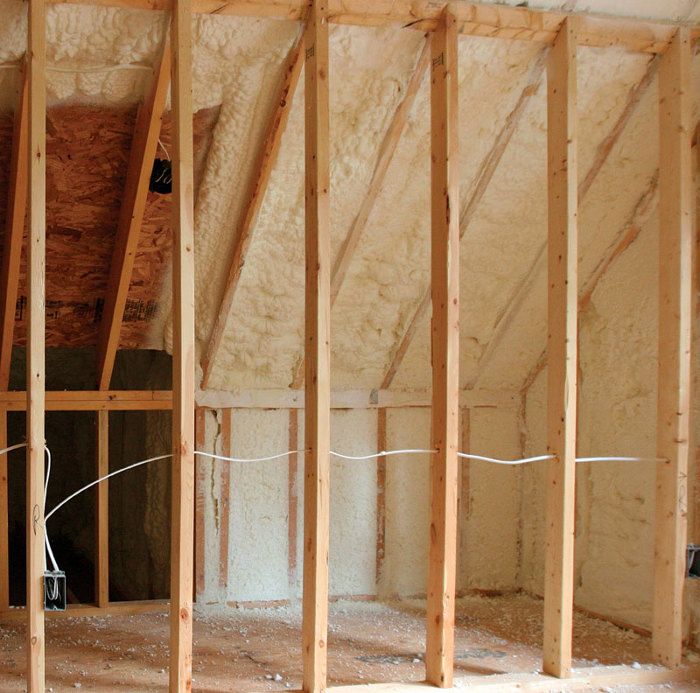When Does a Conditioned Attic Make Sense?
An Oklahoma builder who builds relatively large single-story homes wonders whether his best approach is to turn the attic into a conditioned space with the use of spray polyurethane insulation.

HVAC ducts and uninsulated attics are a bad combination, but what’s the best alternative?
James Fincher doesn’t sell himself as a “green builder,” but he is trying to build better houses that use fewer resources than one built simply to code. That decision, he writes, has added a “whole new level of complexity” to his building process. One of them is what to do about the attic.
Fincher is weighing the relative merits of making the attic a conditioned space, where he could safely house heating and air conditioning equipment, or keeping it an unconditioned space. His instincts have him leaning in favor of spraying polyurethane foam insulation into the rafter bays and bringing the attic inside the house’s thermal envelope.
But he’s not convinced the approach is best suited to the relatively large houses he builds. His post at GreenBuildingAdvisor’s Q&A column draws a number of replies and is the basis of this week’s Q&A Spotlight.
Read the whole article at Green Building Advisor.
More about attic insulation:
Fine Homebuilding Recommended Products
Fine Homebuilding receives a commission for items purchased through links on this site, including Amazon Associates and other affiliate advertising programs.

Graphic Guide to Frame Construction

The New Carbon Architecture: Building to Cool the Climate

Get Your House Right: Architectural Elements to Use & Avoid






























View Comments
Icynene spray foam works for me. I checked my attic in the heat of summer as my air conditioning could not keep the room temperature below 78-80 degrees. We vacuumed out the blown in insulation and added 5.5" of Icynene against the underside of the roof. The problem was resolved. I am using Icynene on every structure I build. A great product.
Dave Powers